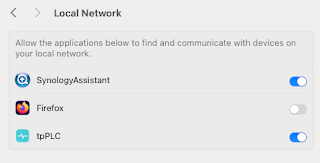PS Does one say Connector or Connectr ?
All I can say is "Wow, it's soo cool".
A good example of how component-based architectures work e.g. using Portal Document Manager and Web Content Management through WebSphere Portal, but in a seamless OOB fashion.
Just starting to play with the themes and skins ( standard WebSphere Portal 6 stuff, although it'd be great to see the Portal 6.1 Theme Customizer in there in the future - 8.1 ?? ).
I've just cracked the art of changing the the text on the front page from the default "IBM Lotus Quickr - The fastest way to share everyday content across connected teams" to something different.
Old
New
In essence, this "splash screen" is created by a portlet called Quickr My Places Header that's deployed on page Content Root -> Home -> Home.
This portlet uses a JSP called MyPlacesHeaderPortletView.jsp which is located in: -
\Quickr\PortalServer\installedApps\Quickr_My_ces_Header_quyyjdy.ear\MyPlacesHeader.war\myplacesheader\jsp\html
This JSP gets its text from a properties file called: -
MyPlacesHeaderPortletResource_XX.properties
which, for the English locale, translates to: -
MyPlacesHeaderPortletResource_en.properties
in: -
\Quickr\PortalServer\installedApps\Quickr_My_ces_Header_quyyjdy.ear\MyPlacesHeader.war\WEB-INF\classes\myplacesheader\nl
I changed the value for the NVP quickrArrived from IBM Lotus Quickr to Welcome to my Quickr.
I also changed the text for fastestWay from The fastest way to share everyday content across connected teams to This is THE collaborative team document sharing place-to-be.
Having previous enabled JSP reloading for this particular web application: -
a) Edit ibm-web-ext.xmi in \Quickr\wp_profile\config\cells\dmht6\applications\Quickr_My_ces_Header_quyyjdy.ear\deployments\Quickr_My_ces_Header_quyyjdy\MyPlacesHeader.war\WEB-INF
b) Change reloadingEnabled="false" to reloadingEnabled="true"
c) Restart Quickr
I only need to "touch" the aforementioned MyPlacesHeaderPortletView.jsp to force the page reload. I can then see the changes dynamically by reloading the web browser.
However, you don't need to use reloading if you don't mind restarting Quickr each time you make a change.
A job for another day ................

